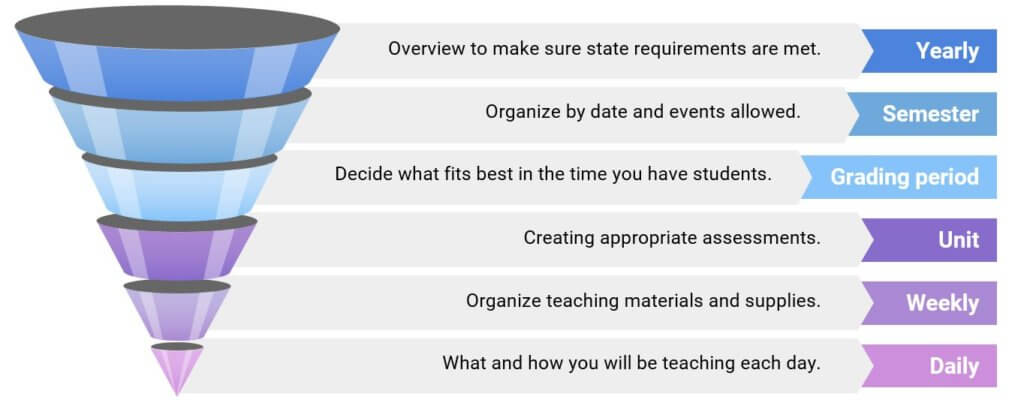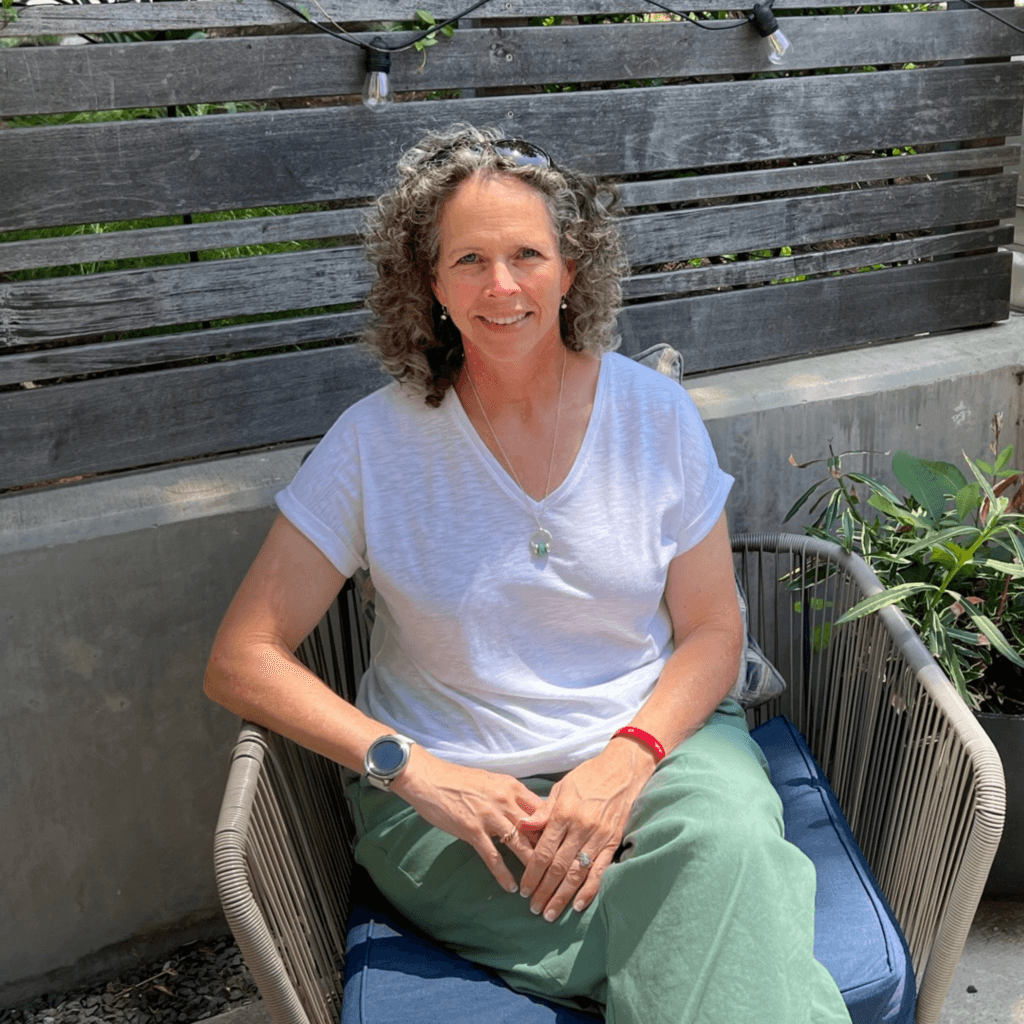Creating a year-at-a-glance calendar can lead to confidence in the classroom. Batch planning is a system of planning in chunks of time. The plan could be year, month, unit, or week.
Ready or not, here it comes – another school year.
One question I ask myself before a new school year begins is, “How can I go into the school year with confidence?”
The answer is easy – Have A Plan and Word The Plan. So how do you do that?
I was extremely fortunate to have several mentor veteran teachers guide me through my first year of teaching. I was 36 in my first year of teaching high school health science. I was fortunate to start a health science program in my first year of teaching. I consider teaching my second career. My first career was as an athletic trainer, allowing me to qualify for and transition to teaching health science.
At that time, I was the only health science teacher at a high school with over 3,000 students. Once a week, the teachers were to meet in their Professional Learning Community (PLC) to discuss curriculum, plan, and share ideas. As the lone health science teacher, I had no PLC to discuss and plan the curriculum. My principal suggested I meet with the anatomy teacher and my assigned mentor teacher. I sat in on the science PLC just listening and writing down any questions that came to mind. The questions I kept circling back to were, “How do you know what to teach, when to teach it, and for how long?” The anatomy teacher responded, “Oh, that’s easy.” She explained her method of planning, and I still use the technique to this day.
Batch planning is a system of planning for the year, month, or unit in one sitting. Batch planning will reduce the weekly or daily scramble of figuring out what you are doing for the day. Let’s begin with the year.
Gather Supplies:
- Paper and pencil or spreadsheet
- District Calendar
- State Calendar
- Students Organization calendar – HOSA or SkillsUSA
- State standards (TEKS for me)
- Curriculum material – textbook and or programs
Let’s Plan
Step 1
Create a spreadsheet for the school year. With one row for each week. Use the district calendar to determine the number of weeks.
|
week |
days |
topic |
Step 2
Enter week numbers and the number of days per week. Include the weeks of breaks and exams.
|
week |
days |
topic |
|
1 |
3 |
|
|
2 |
5 |
|
|
3 |
5 |
|
|
4 |
4 |
|
|
5 |
5 |
|
|
6 |
4 |
|
|
7 |
5 |
Step 3
Gather the calendars for the year and document any important events that will affect what and how much you can teach in a week. Jot to the far right dates such as breaks, state testing, student competitions you have to attend, and exams.
Step 4
On a separate sheet of paper, write down the units you would like to cover based on your course’s state standards.
Careers
Communication
Wellness
CRP/First Aid
Safety
Infection Control
(Units or topics are examples for Principles of Health Science. Not all possible units are listed.)
Step 5
Using your pencil because you will have to erase, begin organizing what units you want to teach and when.
|
week |
days |
topic |
|
1 |
3 |
Welcome back |
|
2 |
5 |
Welcome back/med term |
|
3 |
5 |
Med Term |
|
4 |
4 |
Safety |
|
5 |
5 |
Infection control |
|
6 |
4 |
Infection control |
|
7 |
5 |
CPR/First Aid |
Step 6
Plan out your entire year, covering all required state standards and district requirements.
You can do this! When I plan for the year, I use one planning street for each course. Be prepared to use a lot of erasers. Suggestions – try small sticky notes. They are easier to reorder.
The yearly plan will give you a fantastic start on planning each unit and then each day. Think of planning as a funnel.

I hope this basic process for creating a year-at–glance calendar for your courses will help you become more confident in your teaching. Creating a plan and a system will generate a feeling sure of yourself and your abilities.

